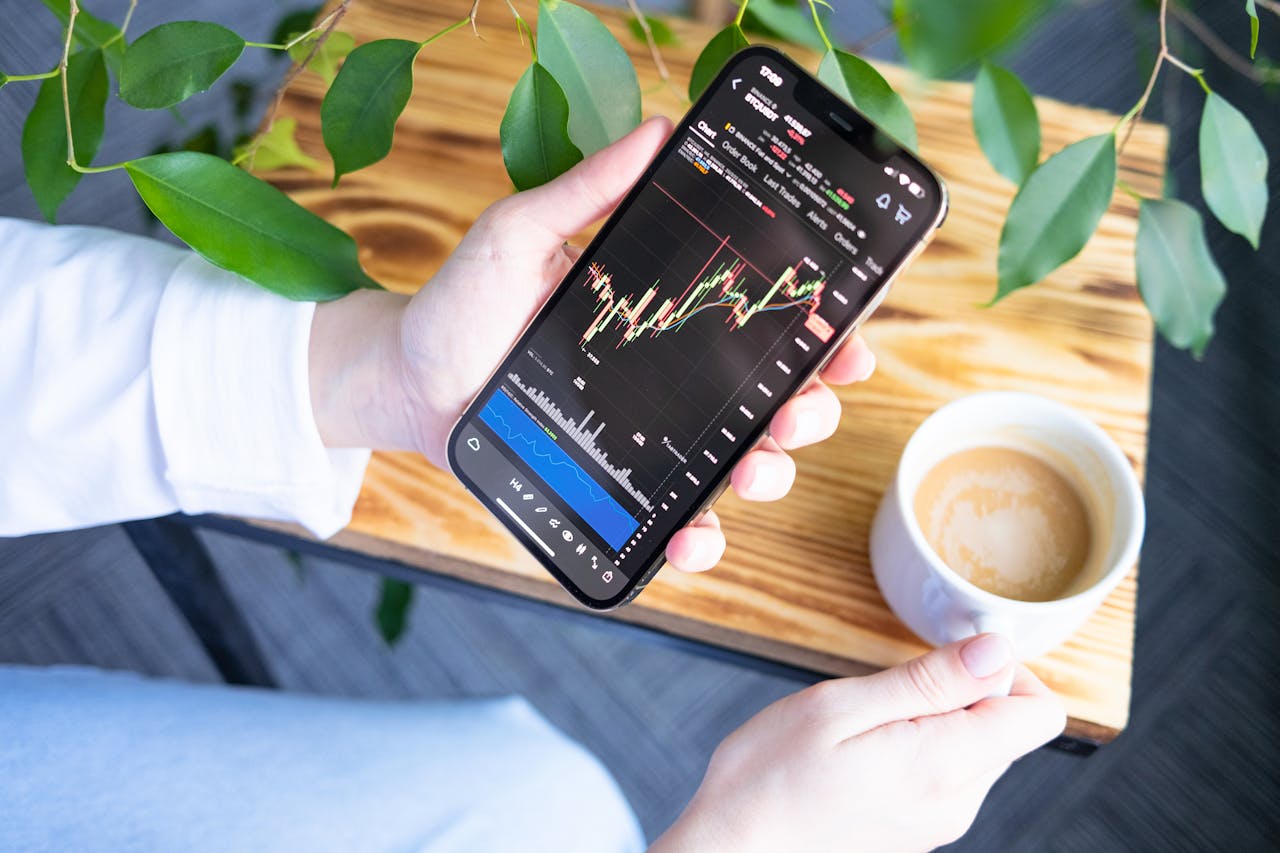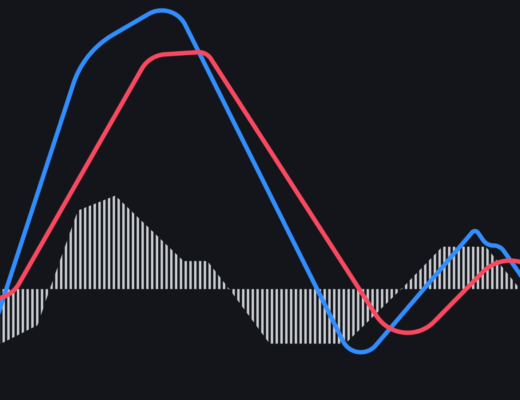How to use a benchmark to improve portfolio performance
A benchmark is an indicator used by experts to determine the return on an investment portfolio or a specific asset. The benchmark is used to analyse the performance of a company and compare it with its competitors.
Key criteria for benchmarking include:
– product quality;
– customer satisfaction level;
– efficiency of the company’s internal processes;
– ability to expand operations and others.
Benchmarks also help to identify market trends and forecast price changes. For example, the S&P 500 index serves as a benchmark for analysts tracking the dynamics of the US financial market. It also helps to identify global economic trends.
The main functions of benchmarks for portfolio formation include:
1. Selecting stocks with high upside potential.
2. Identifying stocks that have fallen in value but still have a future.
This involves analysing the asset by comparing it with one of the main indices. If the asset’s indicators correlate with the benchmark over a long period of time, this may indicate its profitability.
When analysing an investment portfolio and an asset, some characteristics are calculated for both indices. Among them are annualised returns, deviations from standardised returns, the Sharpe ratio and others.
Investors use benchmarks with some regularity. The most popular option is an annual comparison with the portfolio. 
Options for using the indicator
For investors and traders, the benchmark is an important reference point for assessing profitability and trading strategy. However, specialists use it according to their role in the market:
1. Investors. They use the benchmark to analyse market assets. To do this, they compare the profitability characteristics of the asset with one of the major indices.
2. Traders. For them, a short-term investment strategy that allows them to open and close trades quickly is important. To this end, traders use a benchmark to identify oversold assets. This approach allows buying and then selling the asset at the most favourable price.
When working with a benchmark, specialists pre-select an appropriate indicator for comparison. They look at its benchmark value, which provides clear and objective data. It is important to choose a benchmark that gives you the opportunity to invest in instruments based on its indicators. However, it is important to remember that you cannot invest directly in the benchmark itself. Instead, you can invest in an ETF that tracks the index. Another option is to invest in stock exchange futures.
It is necessary to understand that the use of benchmarks is not a mandatory procedure. It is only applied by experienced investors and traders. This approach requires many factors to be taken into account, which can be difficult for beginners.










